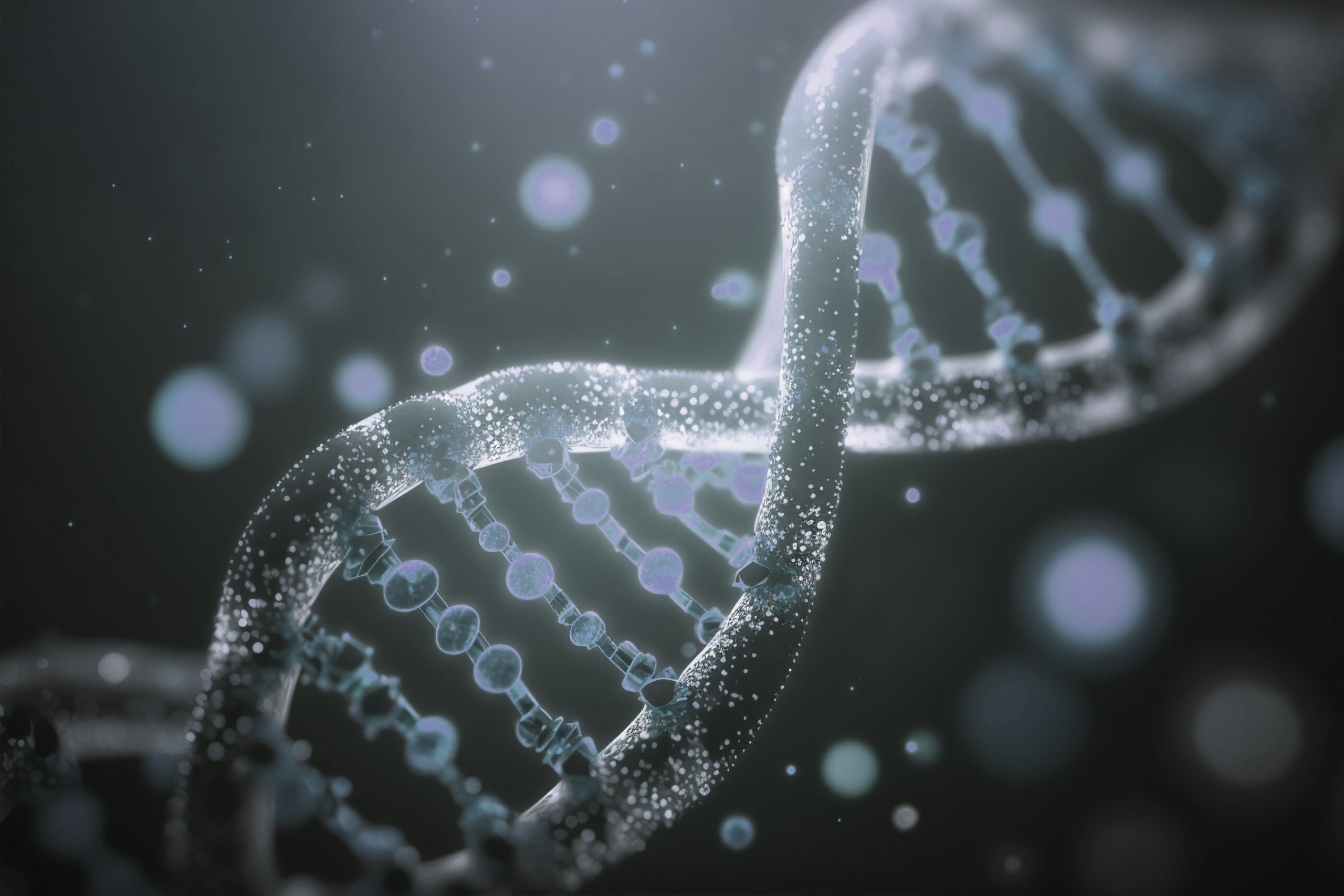
Gene mapping is like a treasure map for our DNA, showing where specific genes are located on our chromosomes. But what exactly is gene mapping? It’s a method scientists use to find the exact spot of genes that cause diseases or traits. Imagine trying to find a hidden treasure without a map—pretty tough, right? Gene mapping makes it easier to understand how genes affect our health, behavior, and even our looks. This process has revolutionized medicine, agriculture, and biology. Ready to dive into some cool facts about gene mapping? Let’s get started!
Key Takeaways:
- Gene mapping helps scientists locate genes on chromosomes, aiding in understanding genetic disorders and traits. Techniques like linkage analysis and sequencing are used to map genes accurately.
- Gene mapping has diverse applications in medicine, agriculture, and evolutionary biology. It can identify genetic predispositions, develop disease-resistant crops, and understand genetic relationships between species.
What is Gene Mapping?
Gene mapping is a fascinating field that involves identifying the locations of genes on a chromosome. This process helps scientists understand genetic disorders, traits, and evolutionary biology. Here are some intriguing facts about gene mapping.
-
Gene mapping began in the early 20th century with the work of Thomas Hunt Morgan, who used fruit flies to study inheritance patterns.
-
The Human Genome Project, completed in 2003, was a monumental effort to map all the genes in human DNA.
-
There are approximately 20,000-25,000 genes in the human genome.
-
Gene mapping can help identify genetic mutations responsible for diseases like cystic fibrosis and Huntington's disease.
-
Scientists use various techniques for gene mapping, including linkage analysis, physical mapping, and sequencing.
Techniques Used in Gene Mapping
Different techniques are employed to map genes, each with its own strengths and applications. Understanding these methods can shed light on how scientists pinpoint gene locations.
-
Linkage analysis involves studying how often genes are inherited together, which helps determine their relative positions on a chromosome.
-
Physical mapping uses molecular biology techniques to measure the physical distance between genes.
-
Sequencing involves determining the exact order of nucleotides in a DNA molecule, providing a detailed map of genes.
-
Fluorescence in situ hybridization (FISH) uses fluorescent probes to visualize the location of specific genes on chromosomes.
-
Comparative genomic hybridization (CGH) compares DNA samples to identify genetic differences and map genes.
Applications of Gene Mapping
Gene mapping has numerous applications in medicine, agriculture, and evolutionary biology. These applications demonstrate the practical benefits of understanding gene locations.
-
In medicine, gene mapping helps identify genetic predispositions to diseases, enabling early diagnosis and personalized treatments.
-
Agricultural scientists use gene mapping to develop crops with desirable traits, such as disease resistance and improved yield.
-
Evolutionary biologists study gene maps to understand the genetic relationships between different species.
-
Gene mapping can aid in forensic science by identifying genetic markers unique to individuals.
-
Pharmacogenomics uses gene mapping to determine how individuals respond to different medications, leading to more effective treatments.
Challenges in Gene Mapping
Despite its many benefits, gene mapping faces several challenges. These obstacles can complicate the process and limit its applications.
-
Genetic recombination, where chromosomes exchange segments during reproduction, can make it difficult to determine gene locations accurately.
-
Complex traits, influenced by multiple genes and environmental factors, are challenging to map.
-
Ethical concerns arise when using genetic information, particularly regarding privacy and discrimination.
-
High costs and technical limitations can hinder gene mapping efforts, especially in developing countries.
-
Data interpretation can be complex, requiring advanced computational tools and expertise.
Future of Gene Mapping
The future of gene mapping holds exciting possibilities. Advances in technology and research promise to overcome current challenges and unlock new potential.
-
CRISPR technology, which allows precise editing of genes, could revolutionize gene mapping and its applications.
-
Advances in artificial intelligence and machine learning can enhance data analysis, making gene mapping more accurate and efficient.
-
Collaborative efforts, such as international research consortia, can accelerate gene mapping progress and ensure its benefits are widely shared.
The Power of Gene Mapping
Gene mapping has transformed our understanding of genetics. It helps identify genetic disorders, track disease outbreaks, and even tailor medical treatments to individual needs. This powerful tool has opened doors to personalized medicine, making healthcare more precise and effective.
By pinpointing the exact location of genes, scientists can better understand how traits are inherited and how certain diseases develop. This knowledge leads to earlier diagnoses and more targeted therapies, improving patient outcomes.
Gene mapping also plays a crucial role in agriculture, helping develop crops that are more resistant to pests and environmental stresses. This ensures a more stable food supply for a growing global population.
In short, gene mapping is a game-changer in both medicine and agriculture. Its applications are vast, and its potential to improve lives is immense. Stay curious and keep exploring the wonders of genetics!
Frequently Asked Questions
Was this page helpful?
Our commitment to delivering trustworthy and engaging content is at the heart of what we do. Each fact on our site is contributed by real users like you, bringing a wealth of diverse insights and information. To ensure the highest standards of accuracy and reliability, our dedicated editors meticulously review each submission. This process guarantees that the facts we share are not only fascinating but also credible. Trust in our commitment to quality and authenticity as you explore and learn with us.
